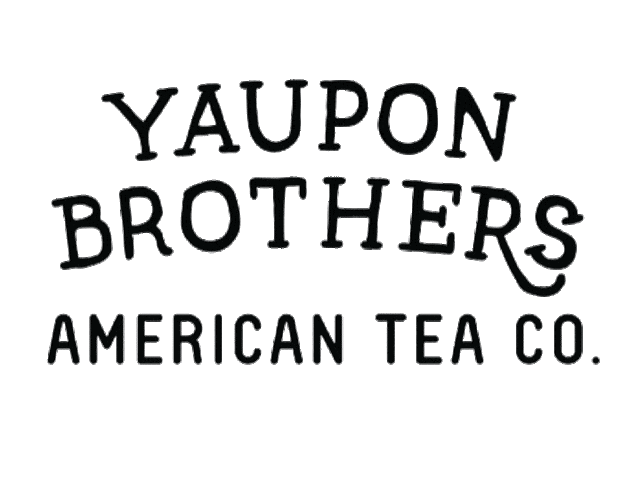YAUPON
Ilex vomitoria Aiton
Plant Symbol = ILVO
Contributed by: USDA NRCS East Texas Plant Materials Center
Photo courtesy:USDA/NRCS East Texas Plant Materials Center
Caution: Ingestion of berries causes nausea and vomiting. Yaupon is the only plant native to North America that contains caffeine.
Alternate Names
Yaupon holly, cassena, cassina, cassine, evergreen cassena, evergreen holly, Indian black drink, Christmas berry.
Uses
Ethnobotanical: Native Americans in the southeastern United States used this plant extensively. They used the wood to build arrows, and roasted leaves and shoots to make a dark, tea like drink called "black drink". This drink was used medicinally to induce vomiting and for ceremonies to purify the body. It was also used socially as a drink or offering to indicate friendly intentions to guest.
Landscaping: Yaupon makes an excellent hedge plant. It is an evergreen, and when trimmed correctly, produces a thick screen of vegetative material. Individual specimens can be readily trimmed into ornamental designs and shapes. Yaupon is adapted to a wide array of soils and climate conditions. It is disease free, moderately fast growing, and tolerates drought extremely well once established. Female plants produce numerous, showy red berries in the fall as long as male plants are available for pollination.
Wildlife: Many species of song and game birds utilize the berries in the fall. Small mammals such as raccoons, skunks, foxes, and armadillos will also consume berries. Deer browse the foliage, but it is not considered preferred browse. Yaupon is capable of forming dense, monotypic, thickets, which provide excellent cover for a wide array of wildlife, especially in winter after most plants have dropped their leaves.
Status
Please consult the PLANTS Web site and your State Department of Natural Resources for this plant’s current status (e.g., threatened or endangered species, state noxious status, and wetland indicator values).
Description and Adaptation
Yaupon is a native, perennial, evergreen shrub capable of reaching approximately 30 feet in height under ideal conditions. The bark is smooth, light grey with lighter grey to nearly white splotches. The leaves are alternate and oval in shape. They are dark green with a leathery appearance and a lighter colored underside. The leaf margins have a slight serration that easily distinguishes this species from the similar looking, invasive, non-native, Chinese privet, Ligustrum sinense Lour. Chinese privet has come to occupy a similar niche in the environment since it was introduced through the horticulture and landscape industry in the late 1800s.
Yaupon fruits are small berries with a beautiful, translucent, red color. They form in dense clusters throughout the plant and remain attached through winter and into spring making them an important winter food source for a variety of bird species. Each fruit contains 4 hard, oblong seeds or nutlets that have a striated appearance.
Yaupon can be found throughout the southeastern United States, especially along the coastal plains, on soils with pH between 4.5 and 7.0. It is adapted to a wide variety of soils textures, but typically prefers sandy sites. It is shade tolerant and moderately tolerant to salinity and salt spray. Fire and prescribed burns reduce its presence in the understory.
Yaupon distribution from USDA-NRCS PLANTS Database.
Establishment
Yaupon is most easily established via transplants. It is found readily in the wild, and may be dug in the spring and fall to avoid the stress of summer heat. Small saplings may then be moved to desired locations or potted for later use. Containerized plants are also available from the nursery industry. Yaupon is a hardy plant that transplants well. Trimming the tops of freshly dug plants will help reduce stress via moisture loss. Seed is reported to take up to 18 months to germinate and requires cold stratification. They should be sown in flats in the fall, and left outside to over winter. Transplants may be removed from the seedling tray as they appear. Yaupon does not require high fertility, but application of a complete fertilizer such as 13-13-13 will increase the speed of establishment and promote quicker growth. Always be sure to water transplant in after planting to reduce stress and to create good soil to root contact.
Management
When used as an ornamental or hedge, keep plants watered and fertilized for maximum performance. Frequent, light watering will promote shallow root development. Longer, less frequent watering intervals promote deeper root development and a more drought resistant plant. Trimming will encourage regrowth and creates a densely limbed shrub. Lower limbs may be removed on specimen trees to expose the lightly colored bark which provides an attractive contrast with the dark green foliage.
Yaupon can be aggressive and is capable of forming dense monotypic stands, especially in cutover timberland in the southern states, which may compete with tree seedling establishment. This can shade out desirable tree plantings. As previously stated, Yaupon is not fire tolerant. As fire frequency increases, this species will decrease. Yaupon spreads via root suckers when cut. Cutting will compound the plant density exponentially unless stumps are treated with an herbicide immediately after they are cut.
Pests and Potential Problems
Yaupon has no serious pest or disease problems.
Environmental Concerns
None.
Cultivars, Improved, and Selected Materials (and area of origin)
Yaupon is readily available through the commercial nursery industry. There are no released varieties from the USDA/NRCS Plant Materials Program.
Prepared By: R. Alan Shadow, USDA NRCS East Texas Plant Materials Center, Nacogdoches, Texas. May 2011
Citation
Shadow, Robert, A. 2011Plant fact sheet for Yaupon, Ilex vomitoria. USDA-Natural Resources Conservation Service, East Texas Plant Materials Center, Nacogdoches, TX, 75964.
Edited:
For more information about this and other plants, please contact your local NRCS field office or Conservation District <http://www.nrcs.usda.gov/>, and visit the PLANTS Web site <http://plants.usda.gov> or the Plant Materials Program Web site <http://plant-materials.nrcs.usda.gov>
USDA IS AN EQUAL OPPORTUNITY PROVIDER AND EMPLOYER

